The content of the article
Salted cucumbers are considered to be an integral part of the menu in the winter season. Preserving vegetables in a similar way helps to preserve their beneficial properties, due to which the product has a high value. Consider the important aspects in order.
Practical recommendations
- In order to make high-quality pickles, use only young fruits. The so-called “pickles” are considered smaller - green cucumbers about 5 cm long. Gherkins follow them, their length is about 7 cm. The best option for pickling is 10–12 cm fruits. In practice, experienced housewives preserve large-sized vegetables , but they take up a lot of space, and it is not necessary to cut them along.
- Often you can find canned cucumbers, which can be salted in conjunction with the leaves of oak, black currant or cherry. Due to the content of tannins in these plants, cucumbers retain their structure, remaining crisp and dense throughout their storage period.
- If you are targeting a variety of pickles for pickling, give preference to “Ryabchik”, “Vyaznikovsky”, “Dolzhik”, “Nezhinsky”, “Borschagovsky”. In cases where the decision has been made to preserve vegetables for the future, choose only those fruits that grow in the open field. Greenhouse cucumbers, in turn, are tasteless and watery, they are absolutely not suitable for salting.
- In cases where, after sorting through the fruits, you did not screen out the excess (withered, large in size), add sugar to the brine at the rate of 1.5-2% for the entire jar. Such a move needs to be done to speed up the fermentation process, which will not allow cucumbers to "limp". As a rule, small-sized vegetables (5–10 cm) are salted in a 6–7% solution, while larger fruits are subject to preservation of an 8–9% solution.
- Since cucumbers do not have a pronounced aroma and taste, it is necessary to salt them in combination with seasonings and herbs.Such a move will give saturation to the fruit, due to which the latter will not seem bland. Depending on personal preferences, choose a bouquet of spices yourself, focusing on the taste preferences of the household. The most popular and proven seasonings are coriander, garlic, parsley, allspice (peas), dill, celery, tarragon, horseradish, savory.
- The taste of canned cucumbers is directly dependent on salt. If you use old or stale products, the pellets may not dissolve in water. The crystals, in turn, will begin to creak on the teeth, spoiling the impression from the use of the product. Cucumbers will be covered with a white coating on the consistency similar to mold.
Crispy canned cucumbers
- cucumbers (length 5-7 cm) - 2.3 kg.
- crushed sea salt - 160 gr.
- sugar (preferably beet) - 155 gr.
- citric acid - 2 sachets (about 22-25 gr.)
- Purified drinking water - 3.2 l.
- allspice - 8 peas
- garlic - 8 teeth
- horseradish leaves, currant leaves
- parsley dill
- Pick cucumbers, sort them by size and degree of ripening, wash thoroughly with a foam sponge.Type in a large basin cold running water, place the fruit there for 3-4 hours. After that, type ice (preferably thawed) water into another container, move cucumbers into it.
- At this time, proceed to the processing of herbs. Wash the dill, parsley, currant leaves and horseradish to remove all dust and foreign microorganisms. Place the listed ingredients on a towel or napkin and dry thoroughly.
- Sterilize the jars with soda, boiling them in a saucepan for 5-7 minutes. At the end of the period, dry and leave to aerate at room temperature so that excess moisture evaporates.
- Put the washed greens on the bottom of a sterilized jar, proceed to the preparation of brine. Mix in one bulk composition of sea salt, granulated sugar (allowed as beet and cane), citric acid powder. Pour filtered water into the mixture, put the pot on the stove and bring to the boil.
- When the pellets are completely dissolved, turn off the burner, wait 10 minutes, then turn it back on. Boil for another quarter of an hour, then remove from the stove and cool a little. Put chopped parsley and dill on the bottom of the jar, then send currant leaves and oak leaves. Peel the garlic and cut the teeth into 2 equal parts, send to the container.
- Lay out the cucumbers, placing them in a convenient way (vertically, horizontally, diagonally), fill the fruit with the resulting brine, let it stand for 10 minutes with the lid open, then roll up and turn the cans upside down. Cover with a towel, cool to room temperature. Take it to the cellar or cellar for at least 1 month.
Canned cucumbers with spices
- fresh cucumbers (about 7-10 cm long) - 1.7 kg.
- fresh dill - 1 bunch
- dill (seeds) - 35 gr.
- horseradish root - 4-6 gr.
- wild garlic - 2 stalks
- bitter pepper - 3 gr.
- food salt - 155 gr.
- purified water - 2 liters.
- Sort cucumbers by size, shape and variety, wash them under cold water and place on a towel to dry completely. Pour running water into a basin, add ice cubes, place the fruit there for 6 hours.
- While soaking occurs, proceed to sterilizing the cans. To start, put each of them in a saucepan, pour water and boil. After that, wipe dry, leave until the moisture evaporates. When the time for soaking, take out the fruit and cut the "ass", wash them well with a kitchen sponge to remove the bacteria.
- Take the enameled pan, pour salt into it (food, not sea), add filtered water.Put it on the stove, boil it so that the granules are completely dissolved. After that, skip the pre-cooled brine through 3 layers of gauze fabric.
- Peel the horseradish root, wash and chop the dill. Place cucumbers on the bottom of the jar, alternately transfer them with spices (wild garlic, pepper, horseradish, seeds and a bunch of dill).
- Pour the brine into the container, put the press wheel and oppression. Take the jar to a warm place for 1 week to start and mark the lactic fermentation. After the specified period, remove the resulting foam, film and mold, add more brine.
- After updating the composition, take the container to a dark and cold place, the fruit should be carefully salted. Do not forget to remove moldy formations every day and wash your oppression.
- After about 1 week of pickling, remove the cucumbers from the can, wash them in cold filtered (!) Water. Now place in new (sterile) containers, fill with the brine in which the preservation was carried out (at first it must be passed through a cotton gauze filter).
- When all the cucumbers and spices are laid, close the jars with clean lids.Pour the room temperature water into a wide saucepan, put the can / jars in there, send it to the stove. To prevent the glass container from cracking, it is recommended to put a tree block or a piece of cloth at the bottom of the pan.
- When the composition starts to boil, note the time, after half an hour, remove the cucumbers from the stove, seal the jars with tin lids. Turn the container upside down, cool it, then take it to a cool room for long-term storage.
Canned cucumbers with tarragon
- short-cucumbers - 1.8 kg.
- fresh dill - 1 bunch
- garlic - 5 teeth
- red pepper (ground) - 2 gr.
- horseradish root - 5 gr.
- black currant (leaves or fruits) - 5/10 gr., respectively
- tarragon (leaves) - 4 gr.
- fine sea salt - 160 gr.
- drinking water - 2.3-2.5 liters.
- Put sea salt in a thick-walled pot, add water, put the container on medium heat and bring the mixture to a boil. When the first bubbles appear, reduce the power, strain the composition until the crystals completely dissolve, then remove from the stove and cool. Pass the resulting brine through a gauze cloth folded in several layers, wait 1 hour.
- Pick cucumbers, leave for preservation specimens about 9-10 cm long. Wash them under the tap, then send them to the pelvis and soak in ice-cold water (the exposure time is about 3-5 hours). After this period, wash the fruit again, cut the "ass".
- Peel and chop the dill into medium sprigs, chop the garlic teeth into 2 equal parts. Place the spices in the bottom of the container, add red pepper, currant berries or leaves, horseradish, tarragon.
- Put the cucumbers in a vertical way over the entire cavity of the jar, pour in the saline solution, close the capron lid. Take the containers to a warm place for 2 weeks, wait until the end of fermentation.
- Remove the film and mold, add the brine to the top, back away from the neck by 3-4 cm. Put the jars in the pan, add water, boil for about a quarter of an hour with the lid open. After that, immediately roll up, turn the vessel upside down, cool. Take to the basement or cellar for 2 months.
Canned cucumbers in tomato juice
- tomatoes - 10 pcs. medium size
- cucumbers - 0.7 kg.
- ground salt - 40 gr.
- granulated sugar - 110 gr.
- horseradish leaves - 5 pcs.
- dill - 0.5 bunch
- parsley - 0.5 bunch
- bitter pepper - 1 pod
- garlic - 0.5 heads
- bay leaf - 3 pcs.
- currant leaf - 5 pcs.
- allspice - 4 stars
- black pepper (peas) - 5 pcs.
- Wash the tomatoes with cold water, wipe them with a kitchen sponge, and dry with a towel. Pass through a meat grinder, after removing the peel. Send the resulting porridge in a thick-bottomed pot, put it on the stove, stew (do not boil) over low heat for about half an hour.
- Prepare jars: wash them with soda, then boil for 7 minutes, dry. Soak the cucumbers in a basin with ice, preferably melt water, leave for 5 hours. After this period, cut off the tips, wipe with a towel.
- Wash the dill, parsley, horseradish leaves and currants, peel and chop the garlic into slices. Send greens to the bottom of a sterile jar, add carnation, pea and bitter pepper, bay leaf.
- Mix tomato juice with sugar and salt, wait until the crystals are completely dissolved. Pour cucumber mixture obtained, mixed with boiling water in a ratio of 2: 1. Send the jars to the pan and place on the stove, boil for 10 minutes. Then tighten the containers with a tin lid, cool and transfer for long-term storage.
Like any other matter, the preservation of cucumbers has a number of features that must be taken into account without fail. The main rule to which you should pay attention, is to properly prepare the brine, which sets the tone for the whole dish.
Video: step-by-step recipe for pickled cucumbers for the winter

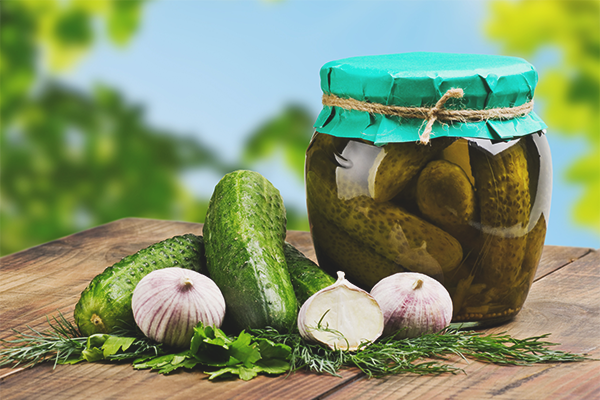
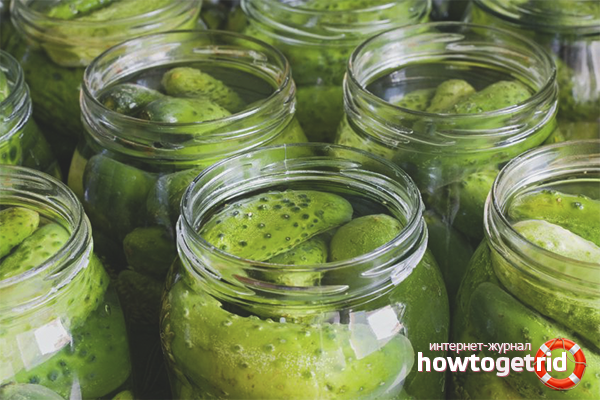
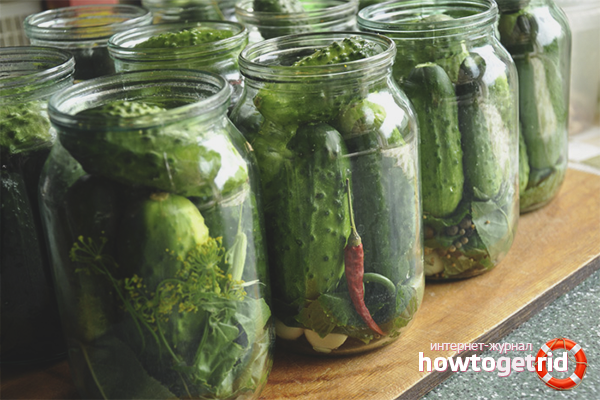
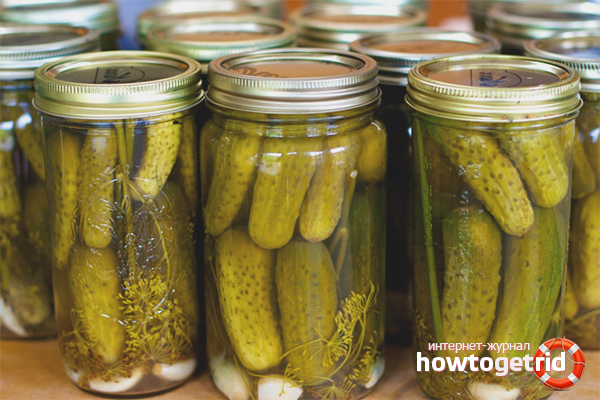
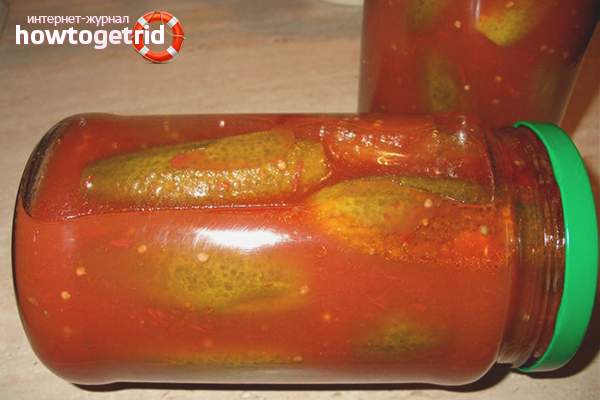

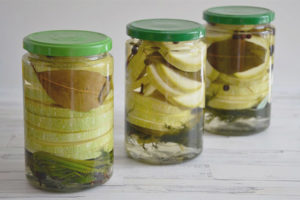
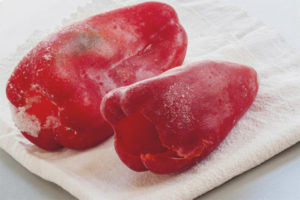
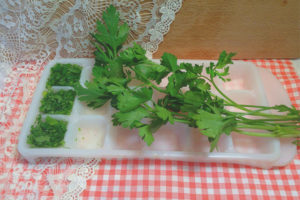
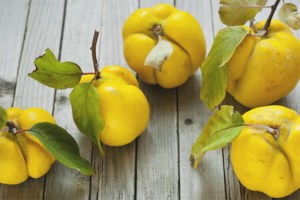
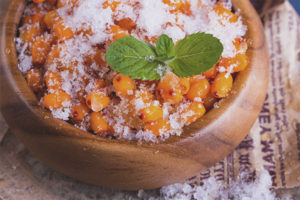

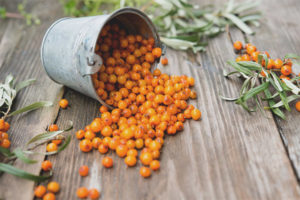
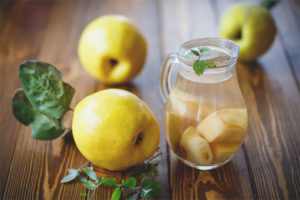
To send